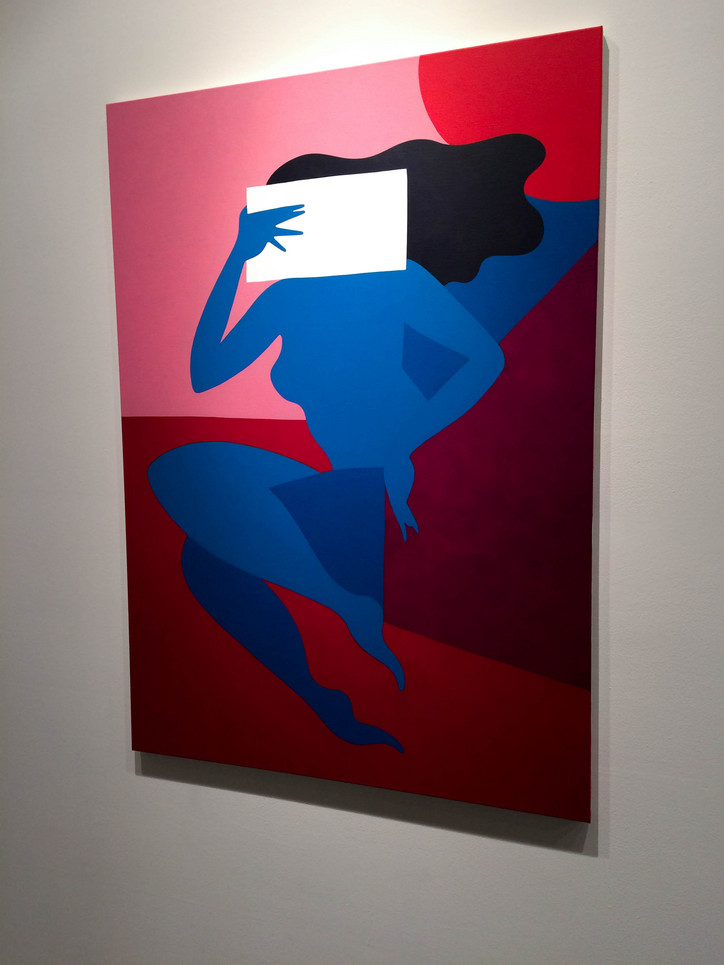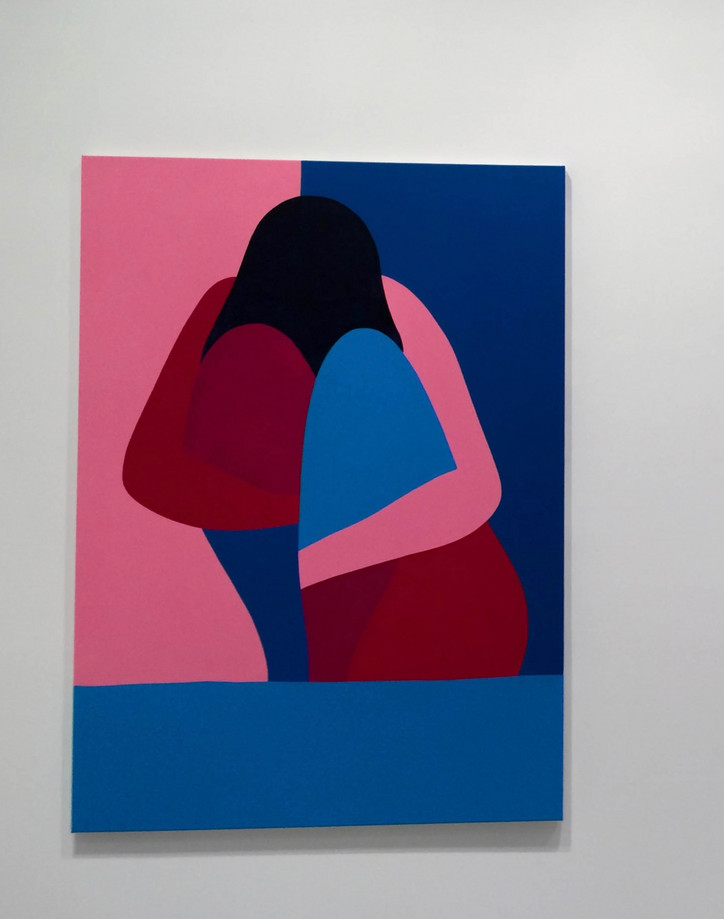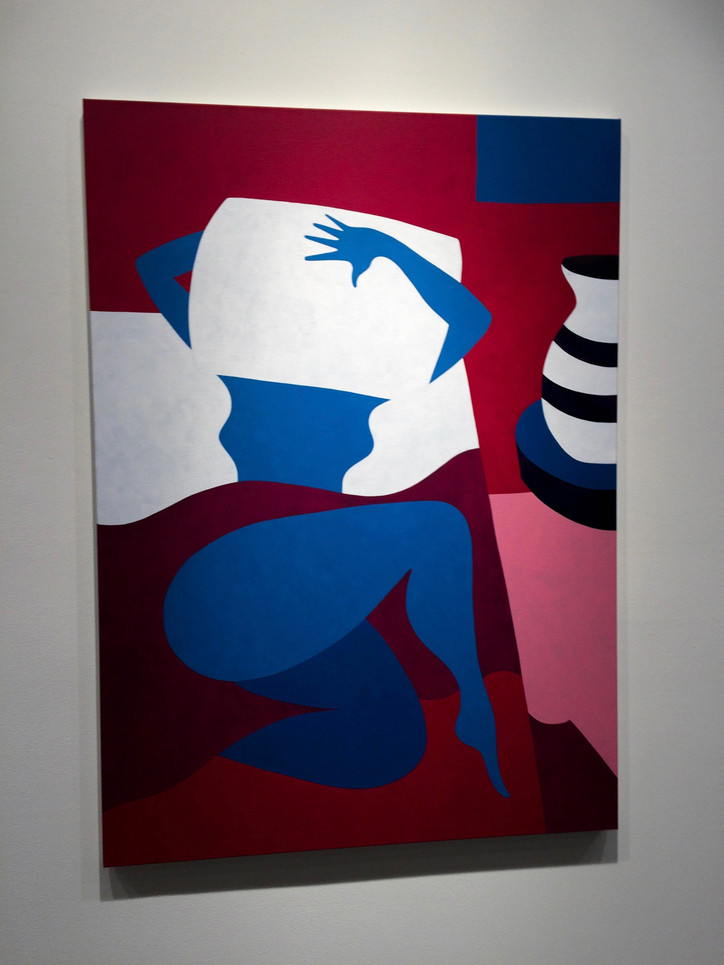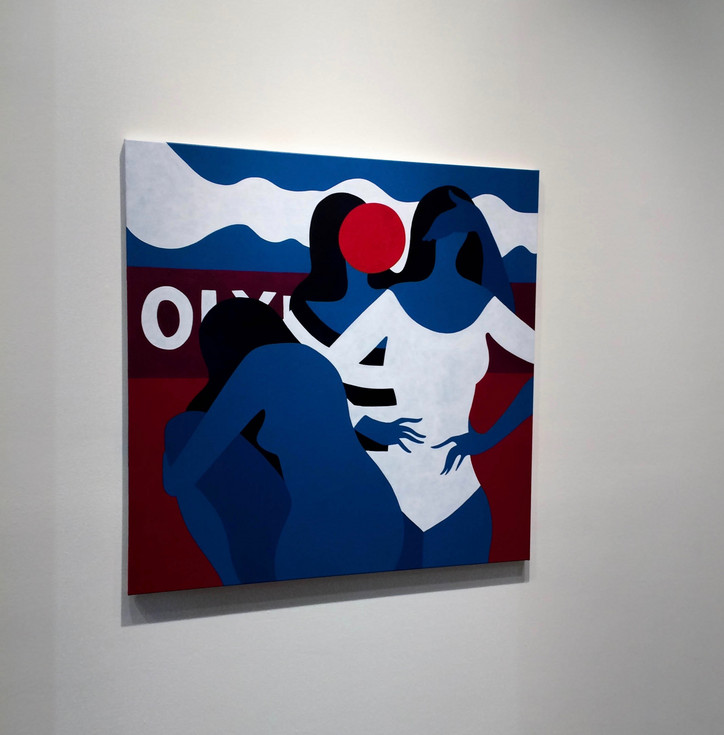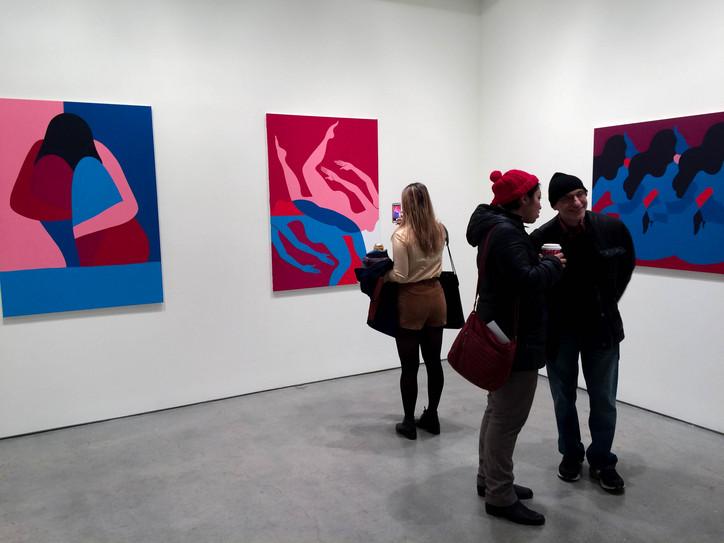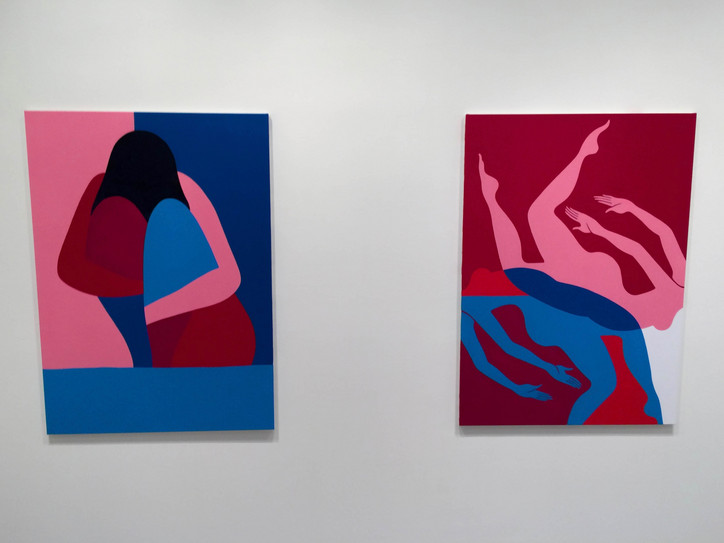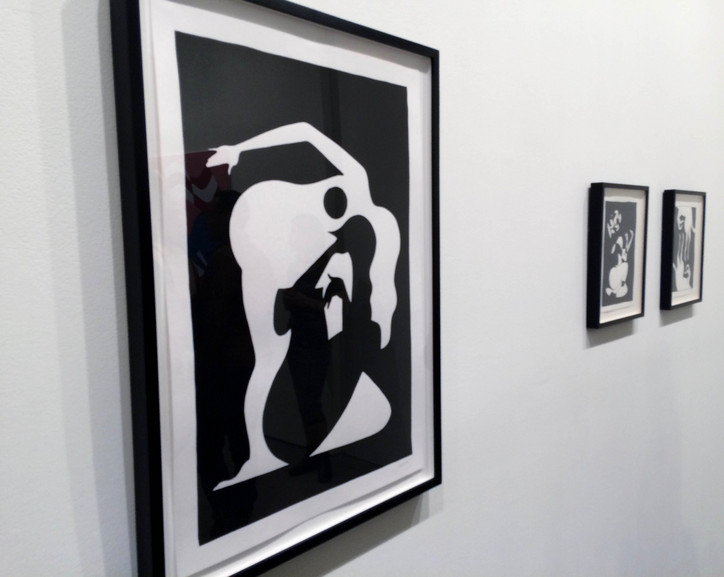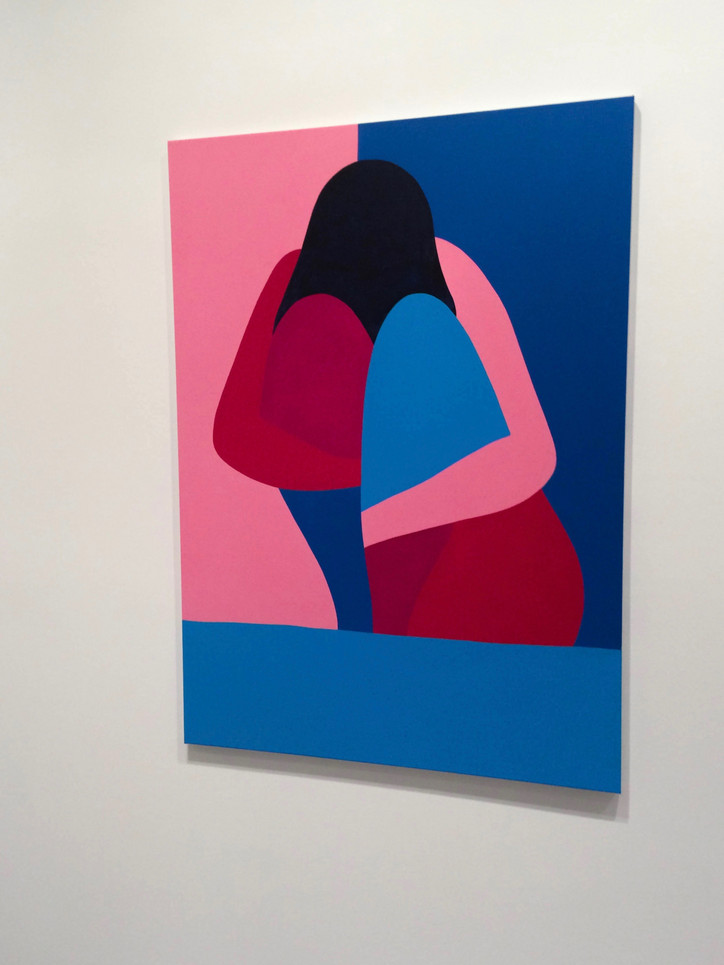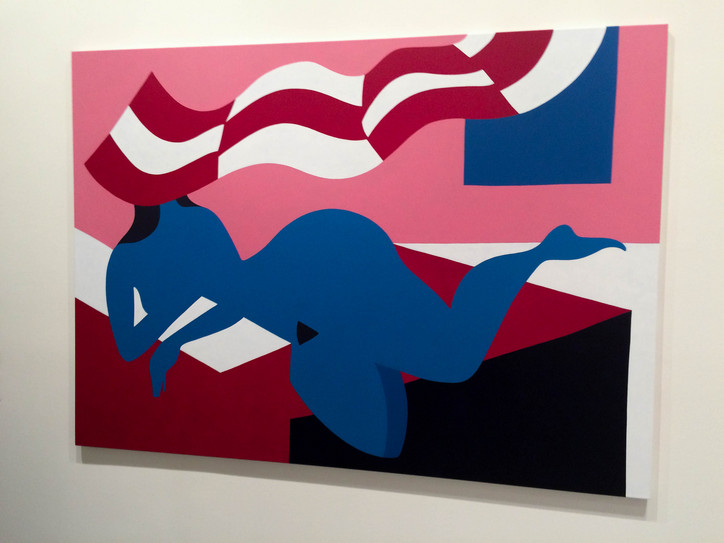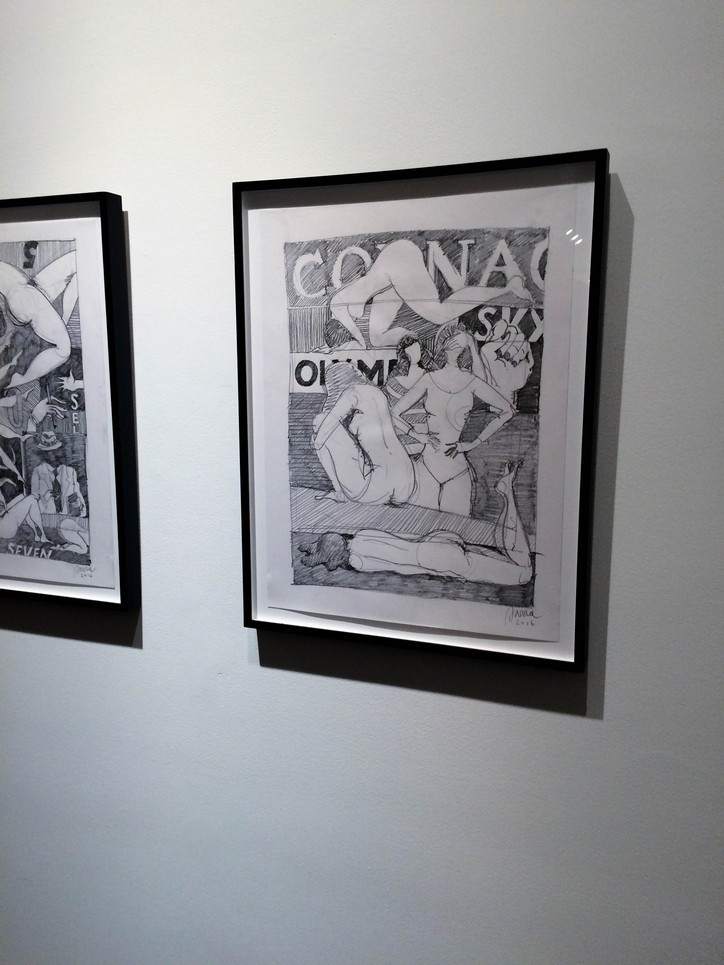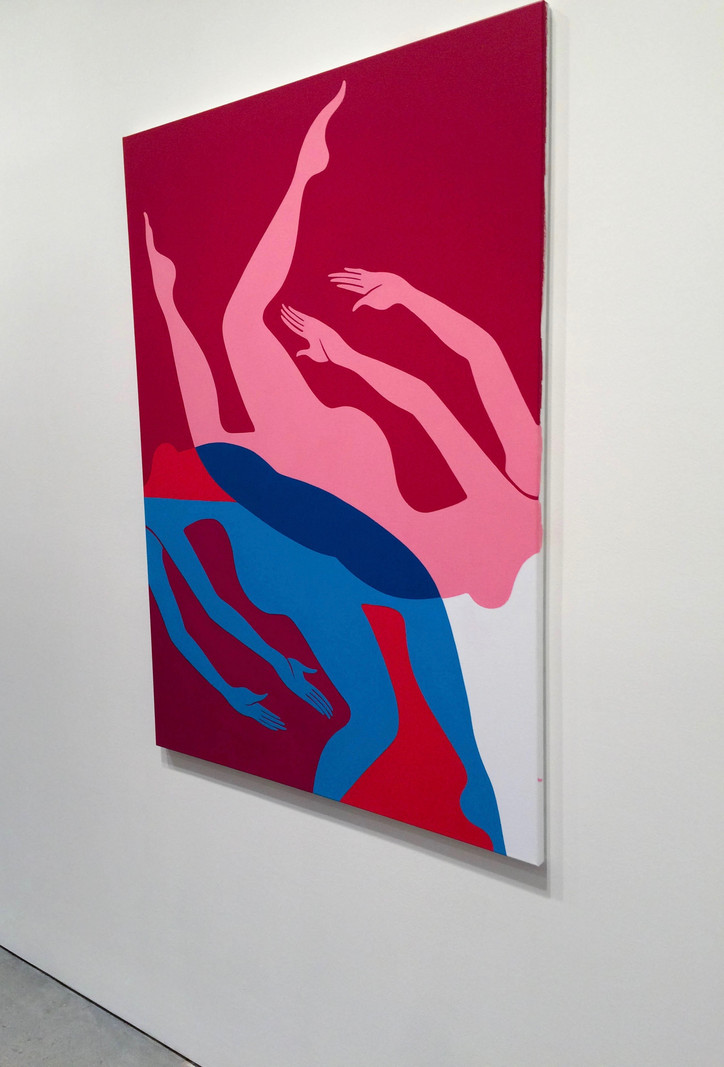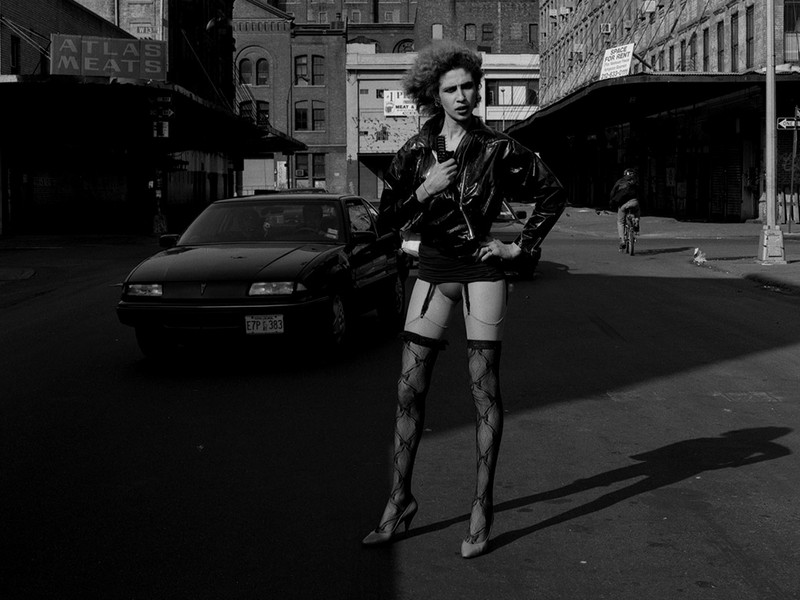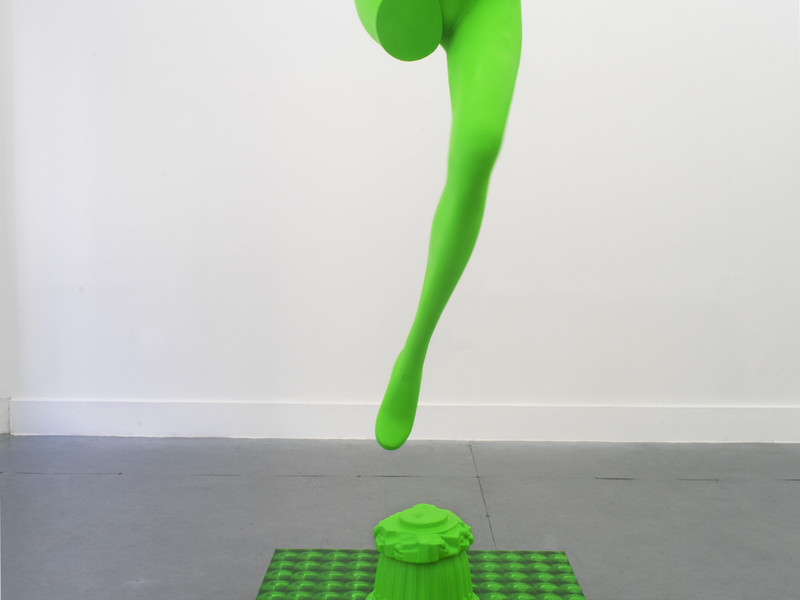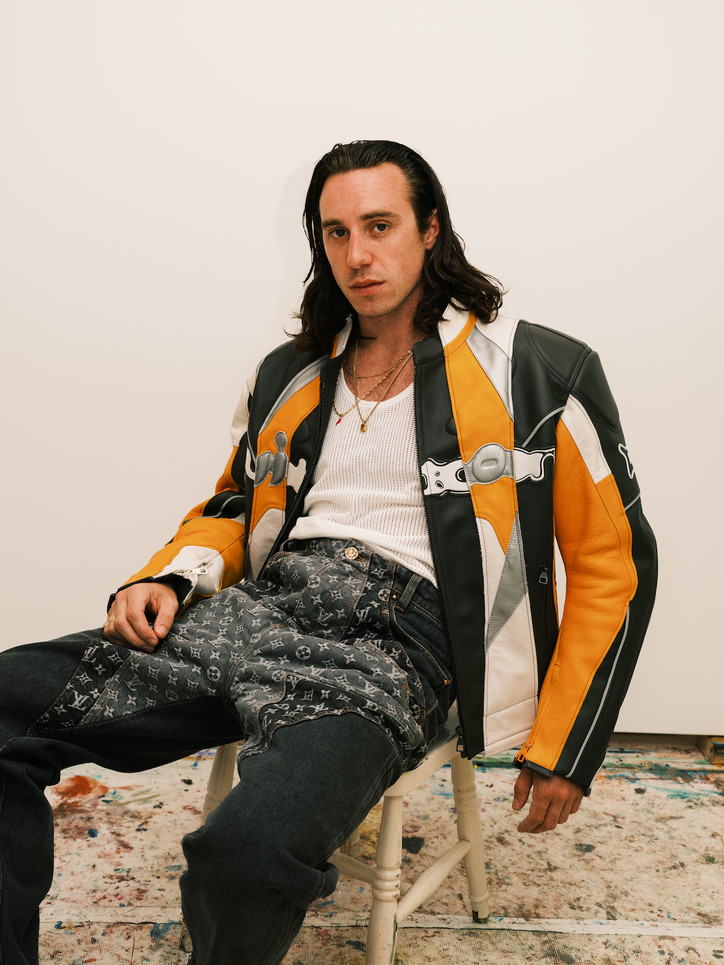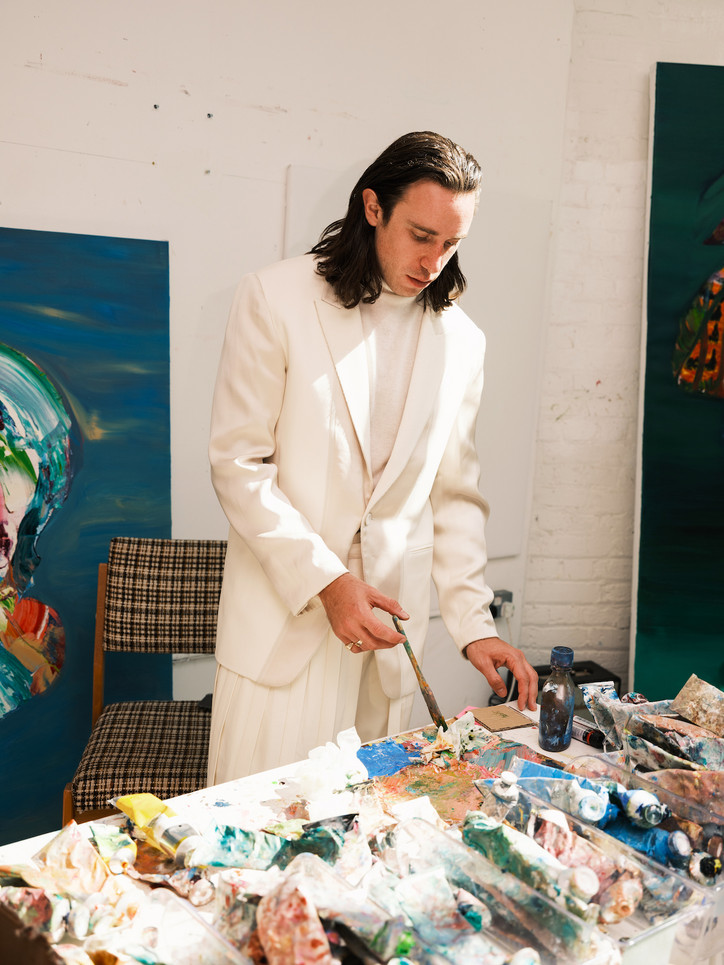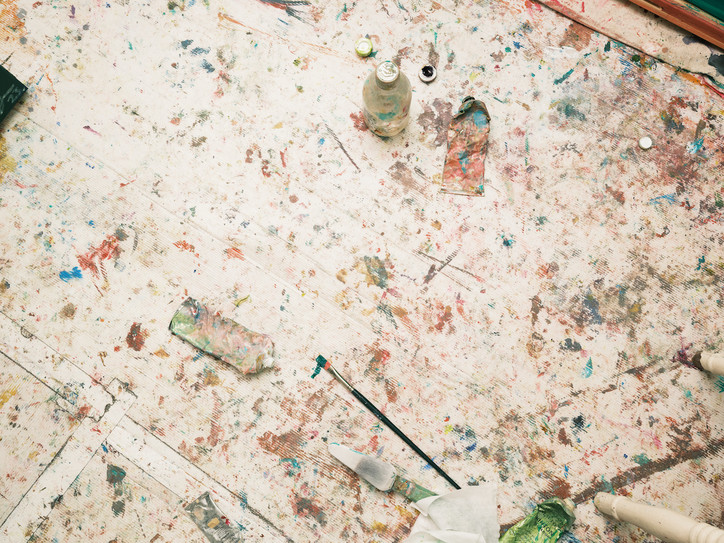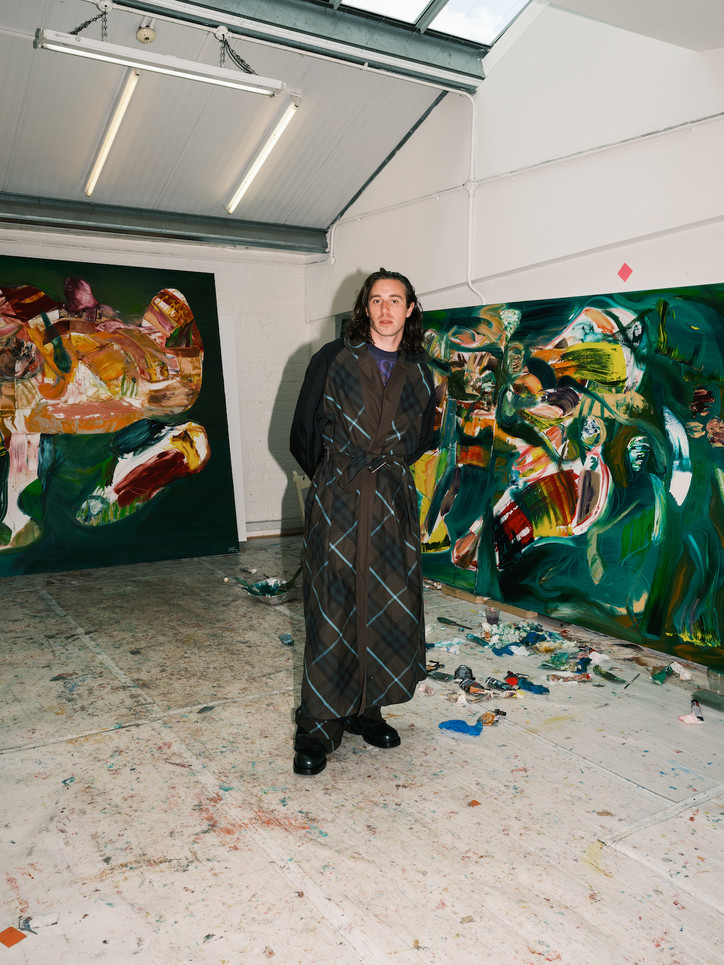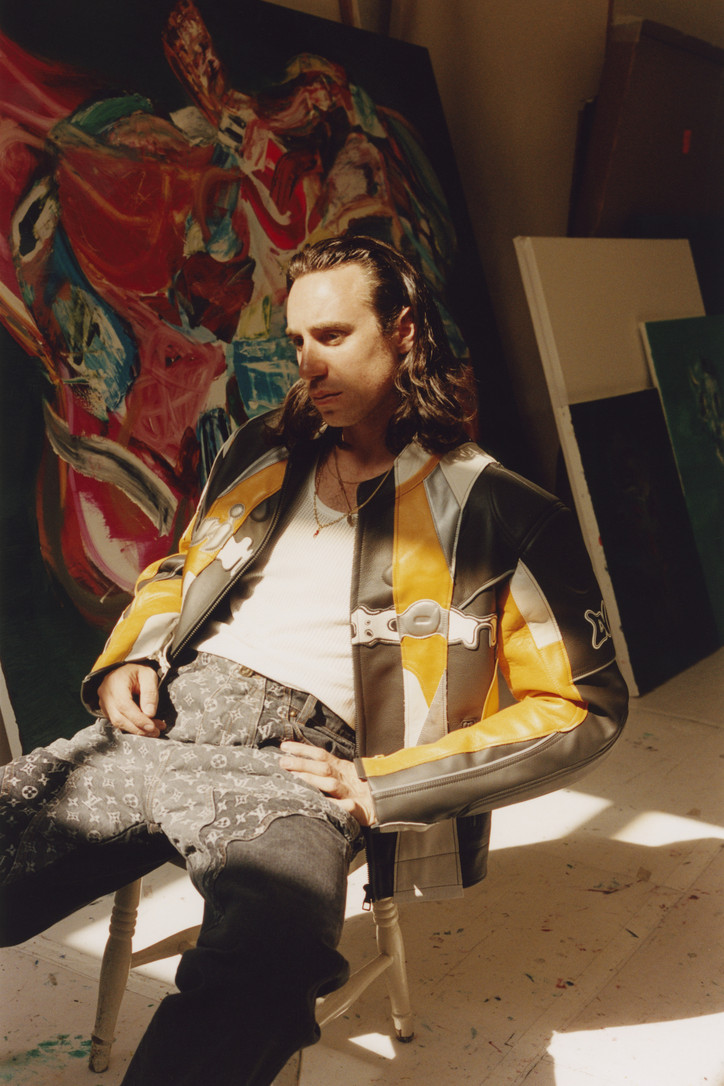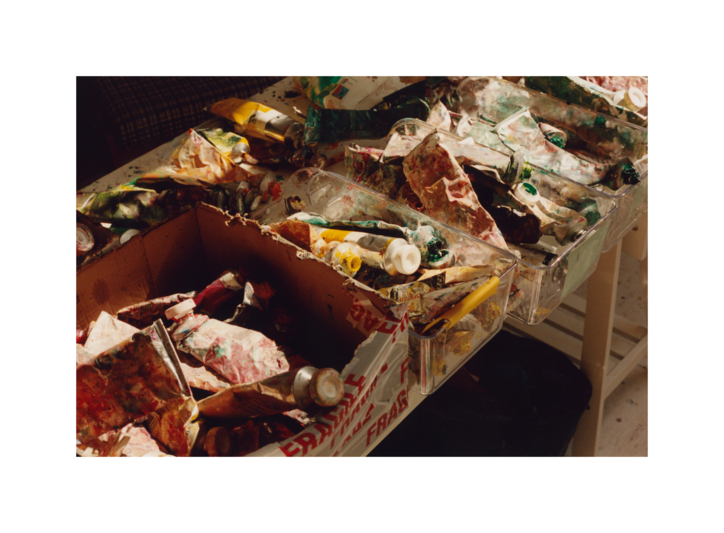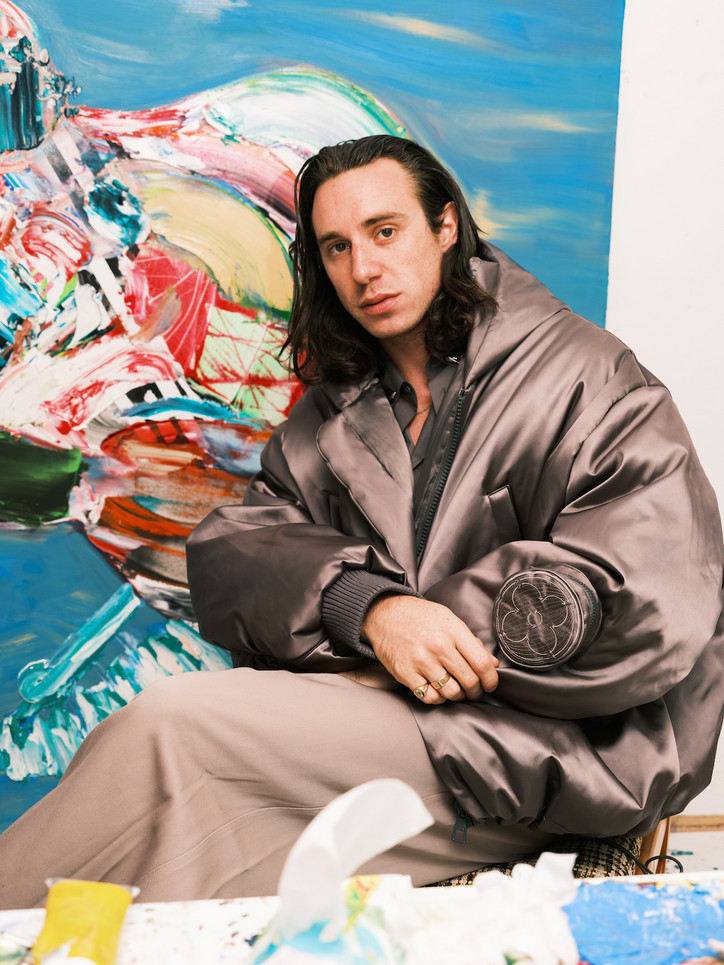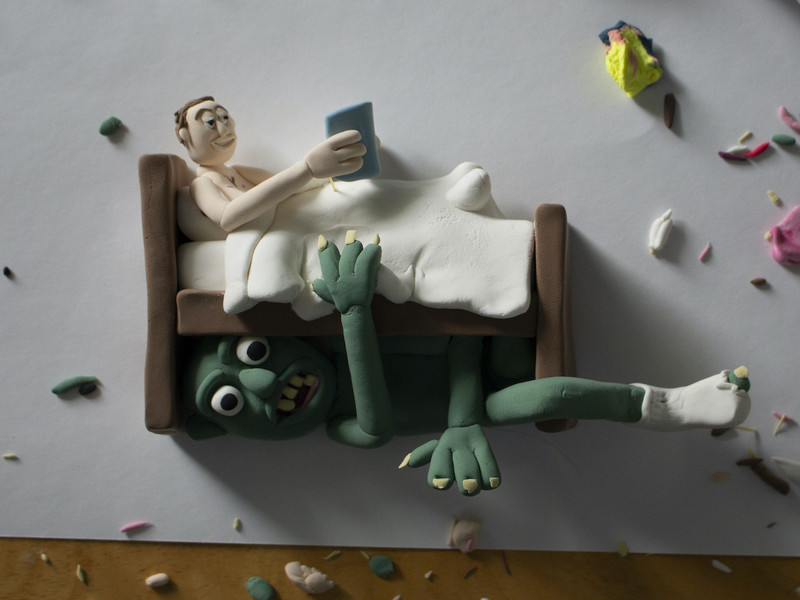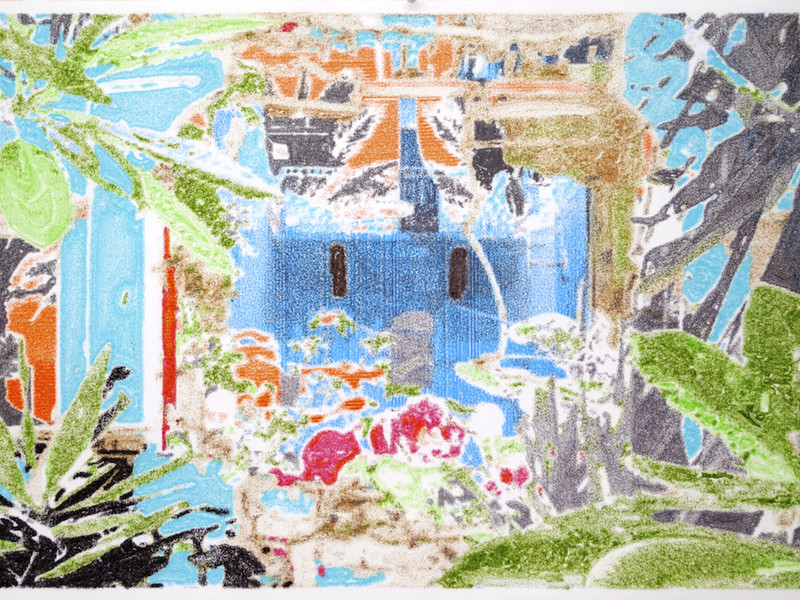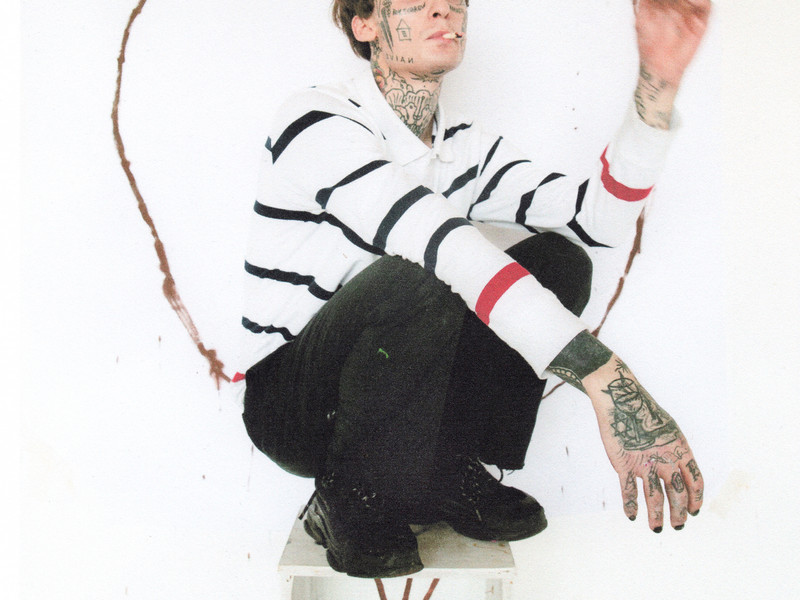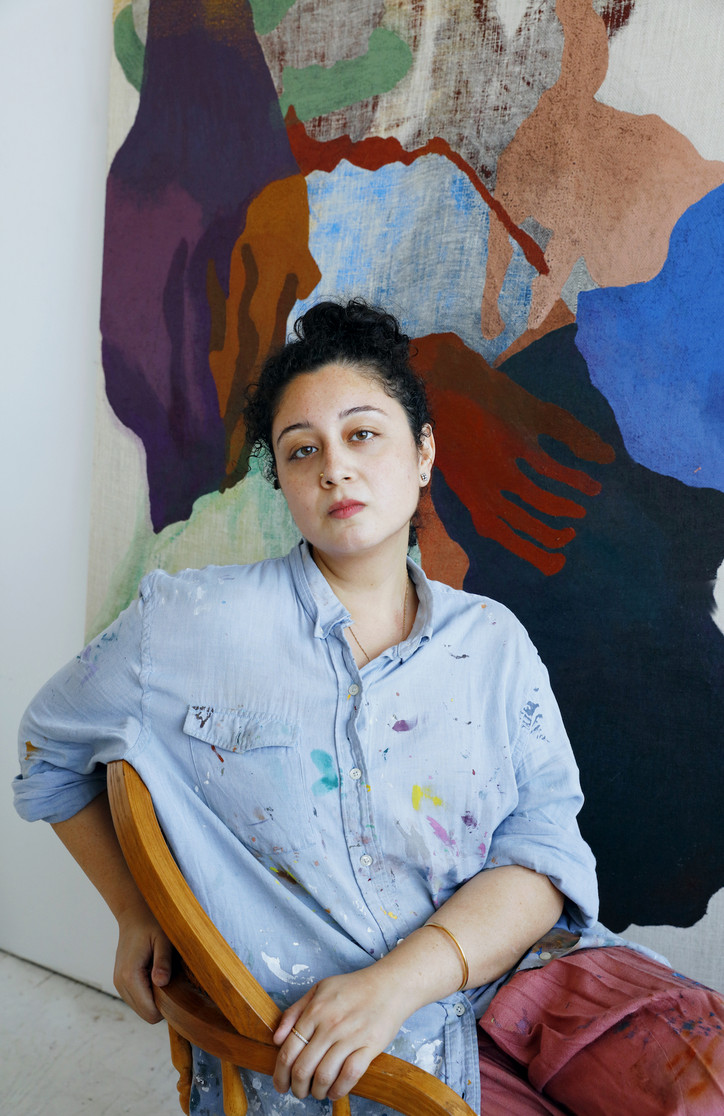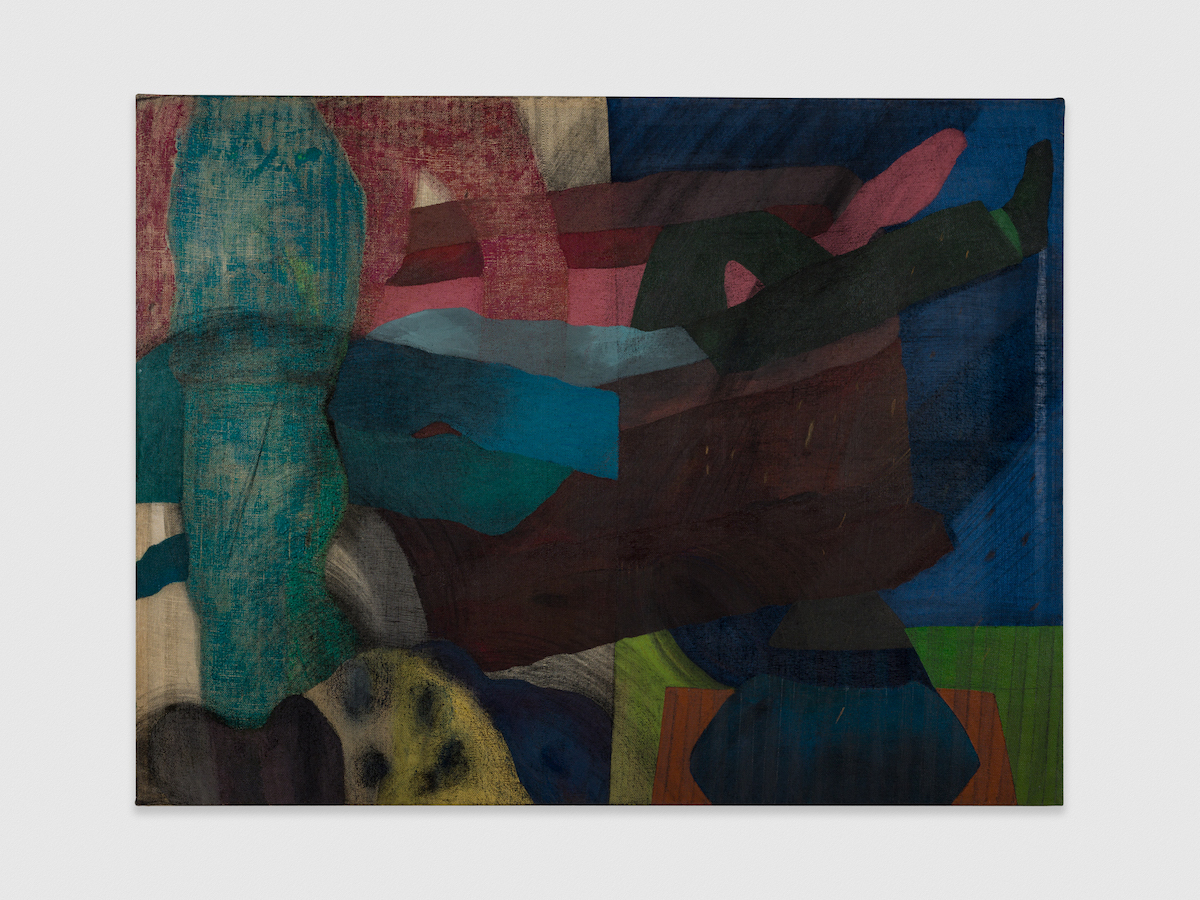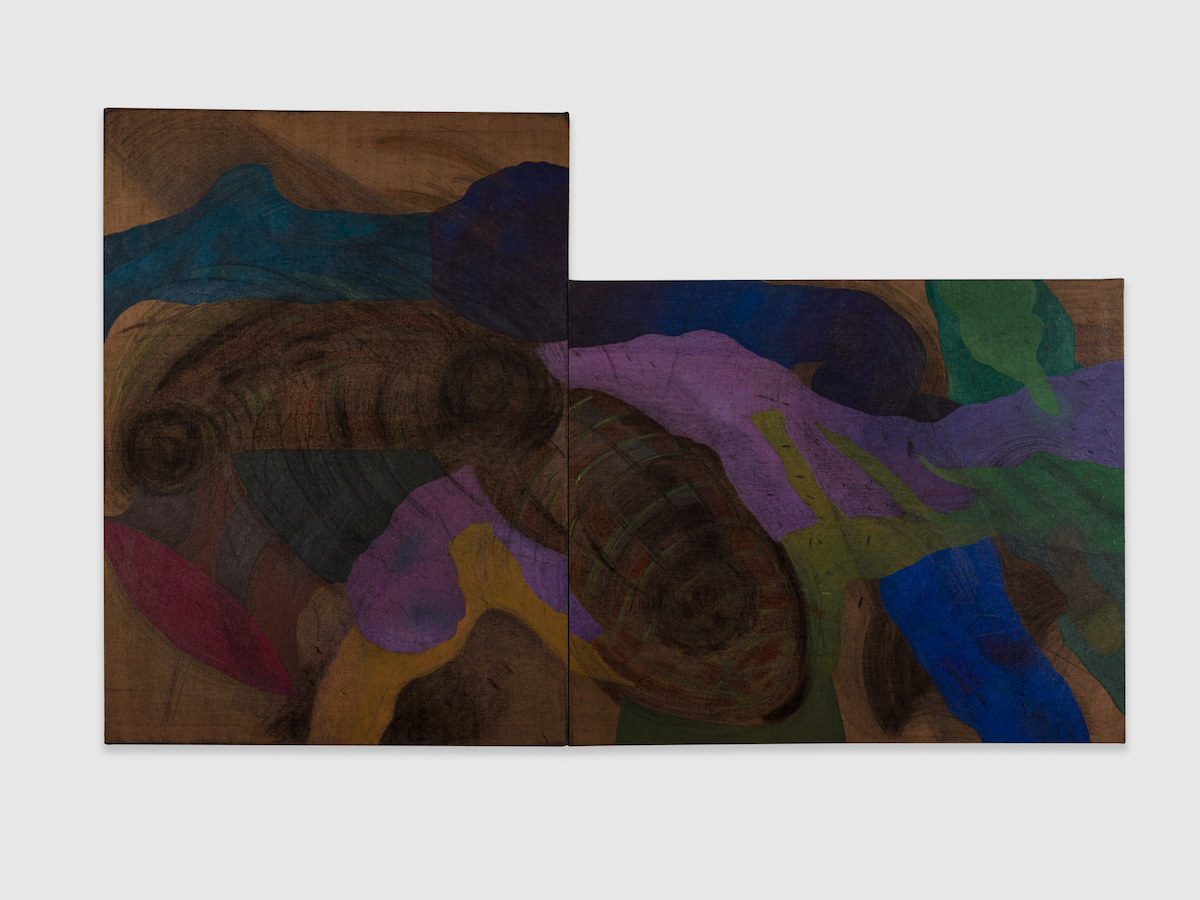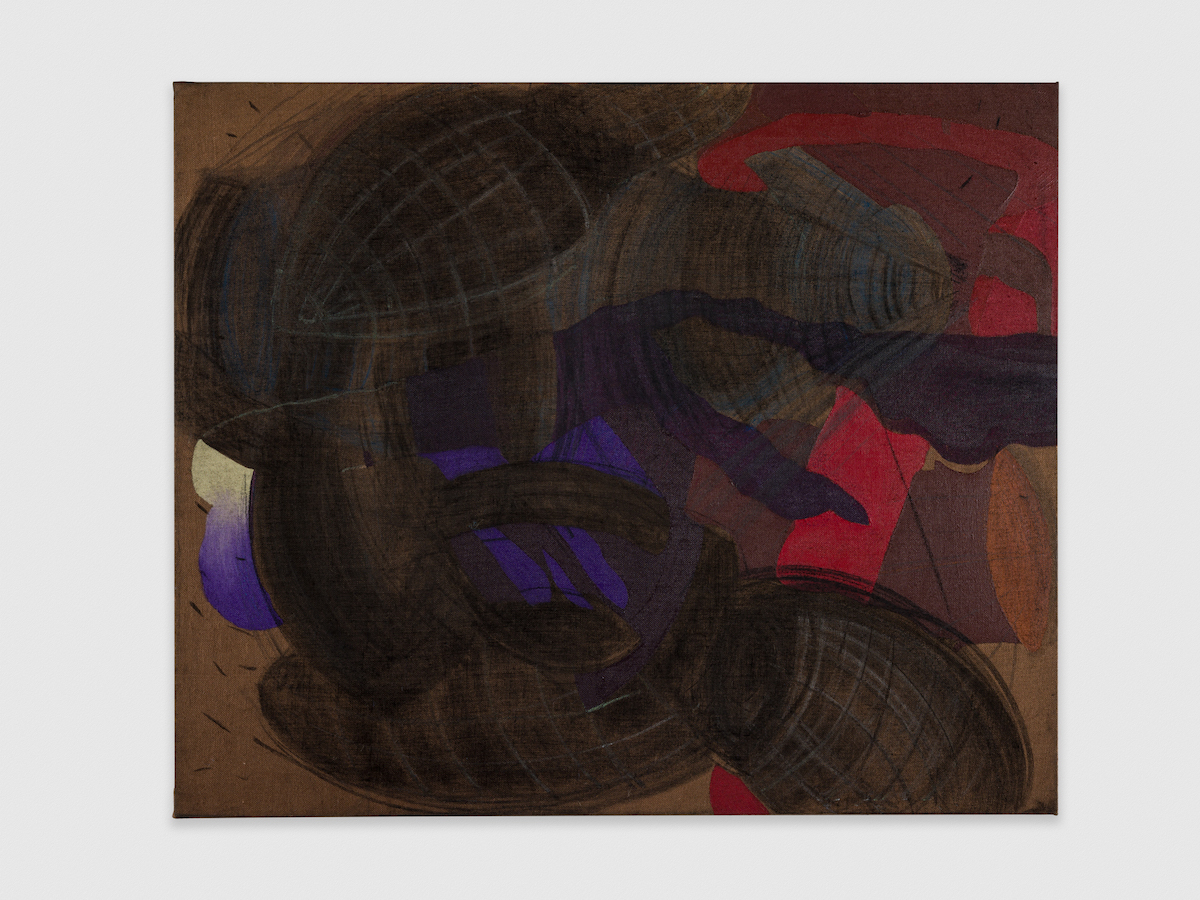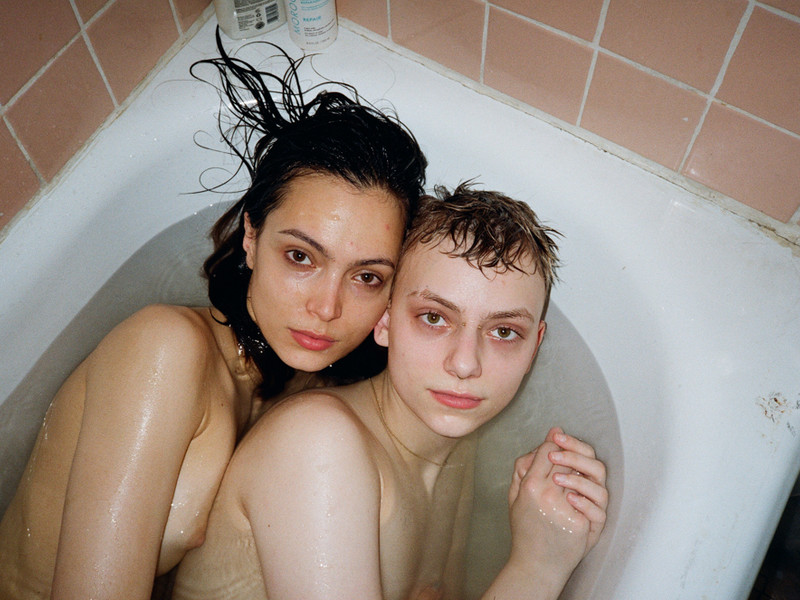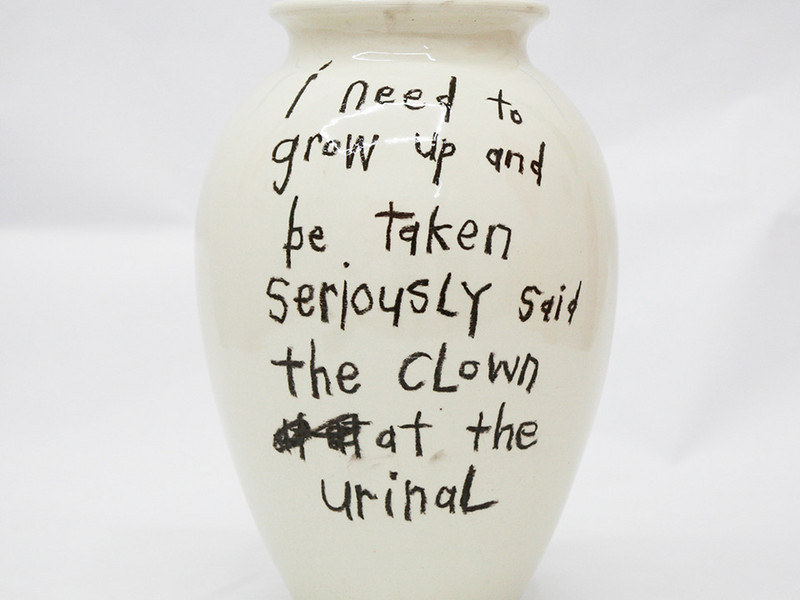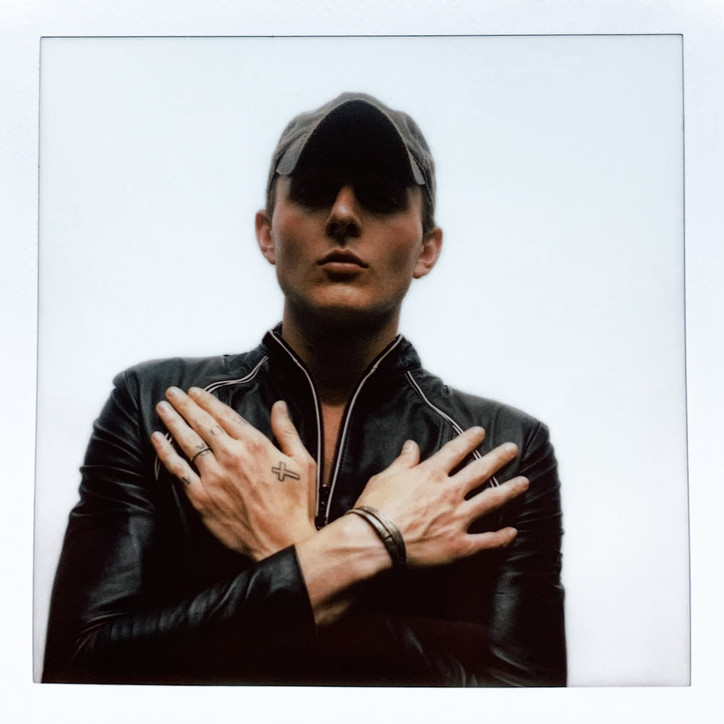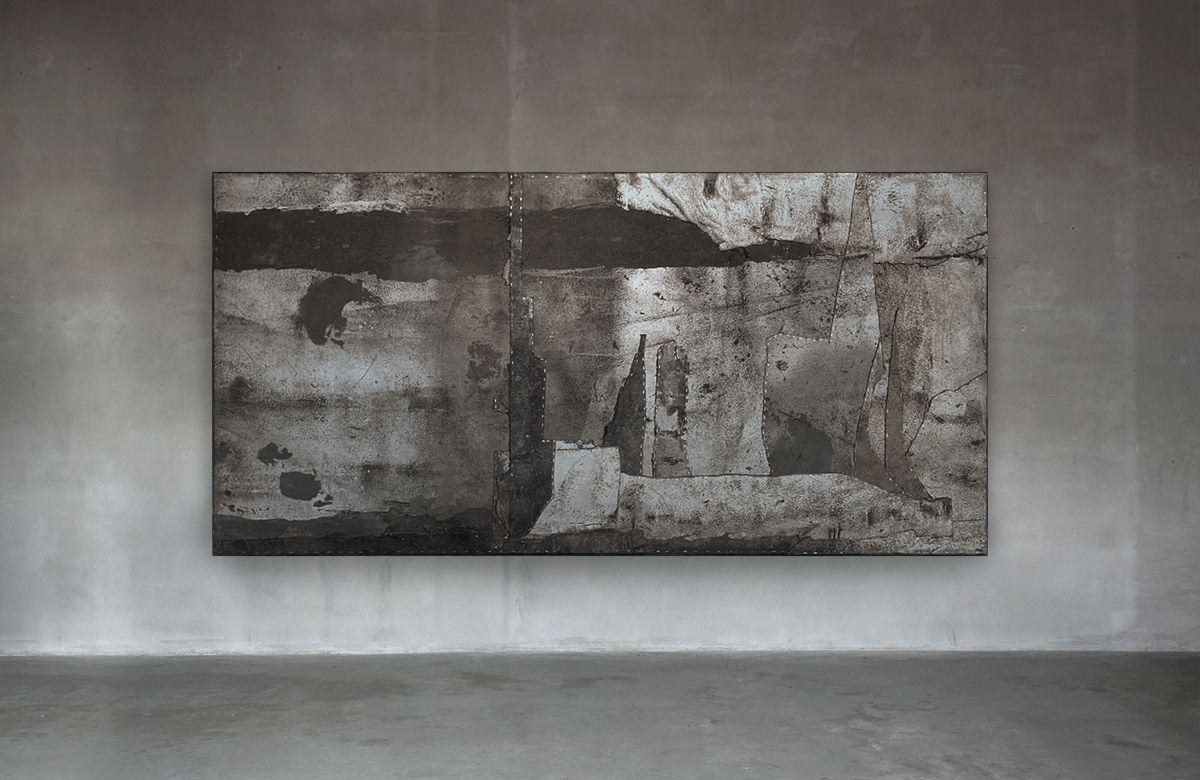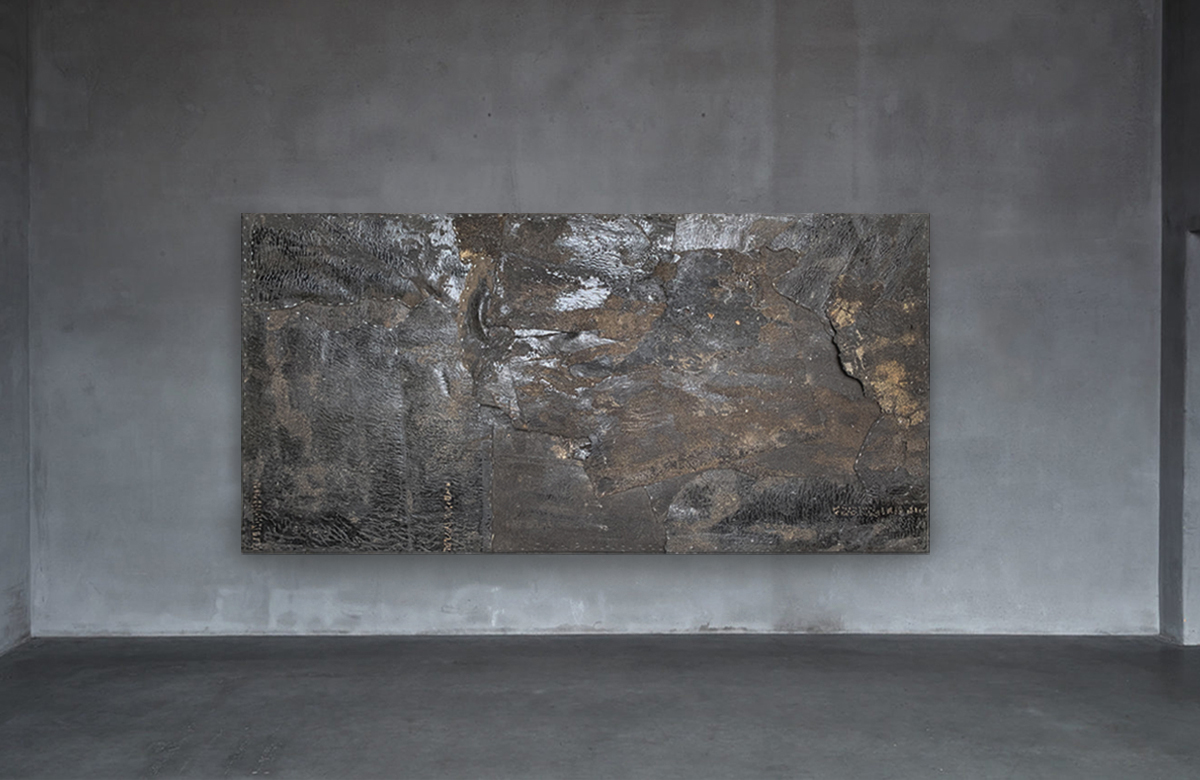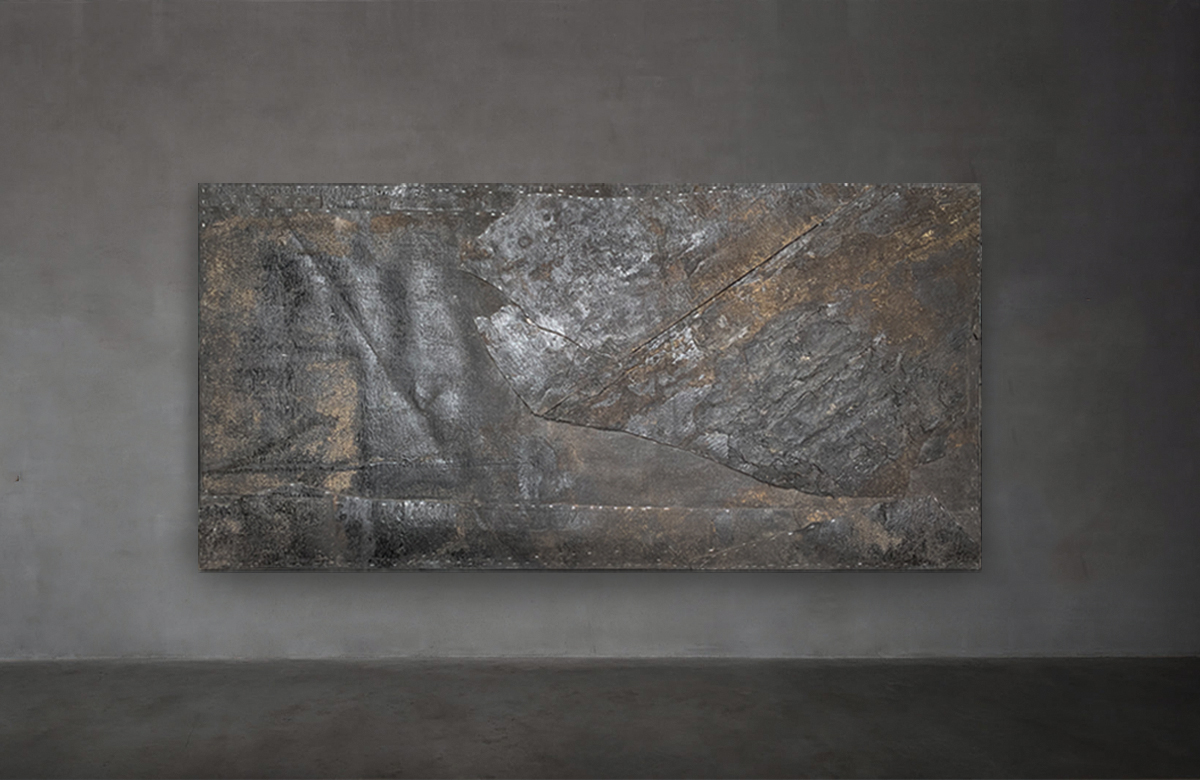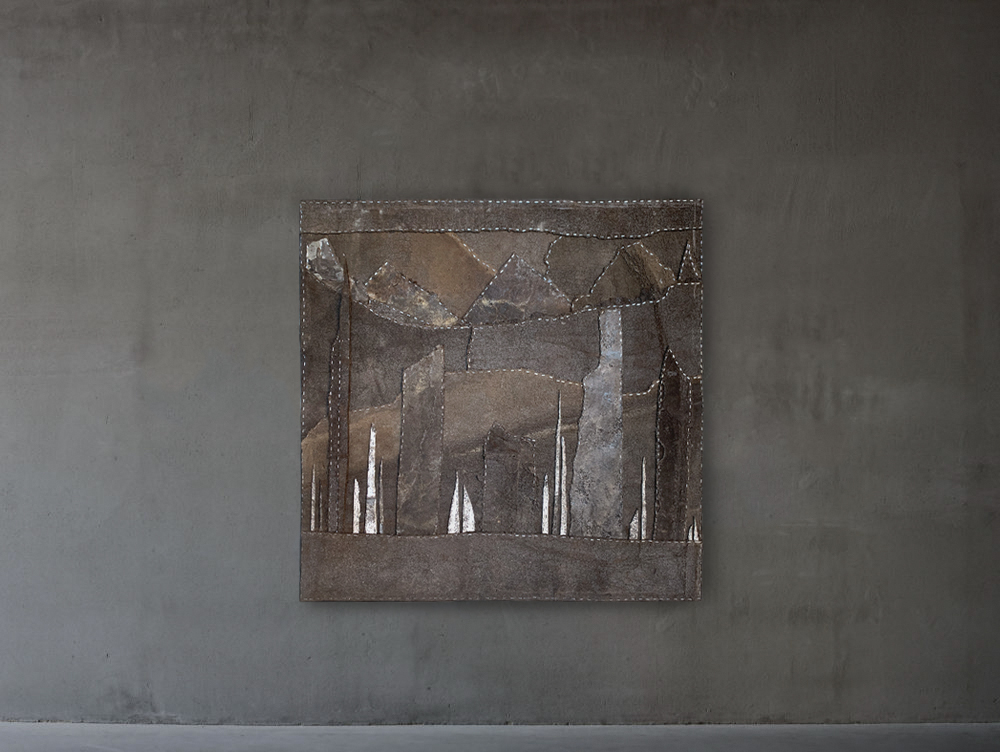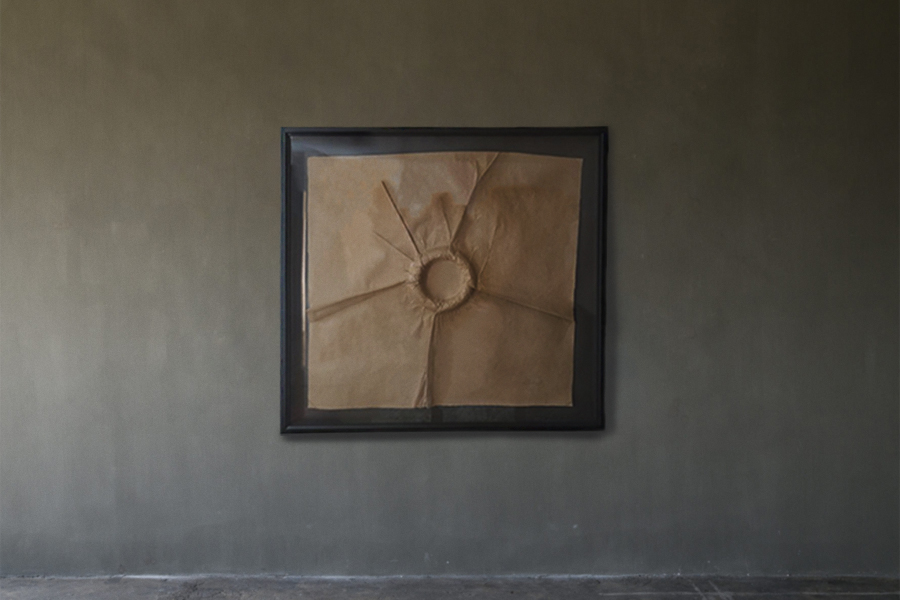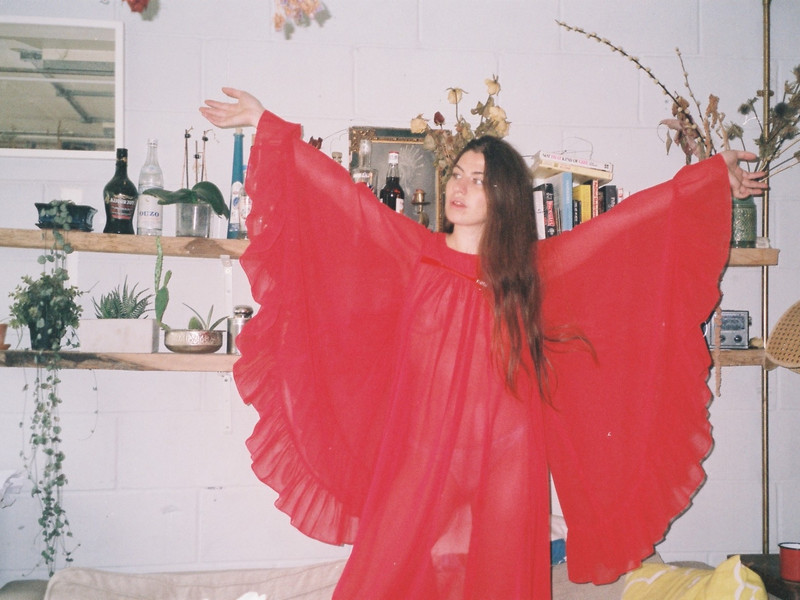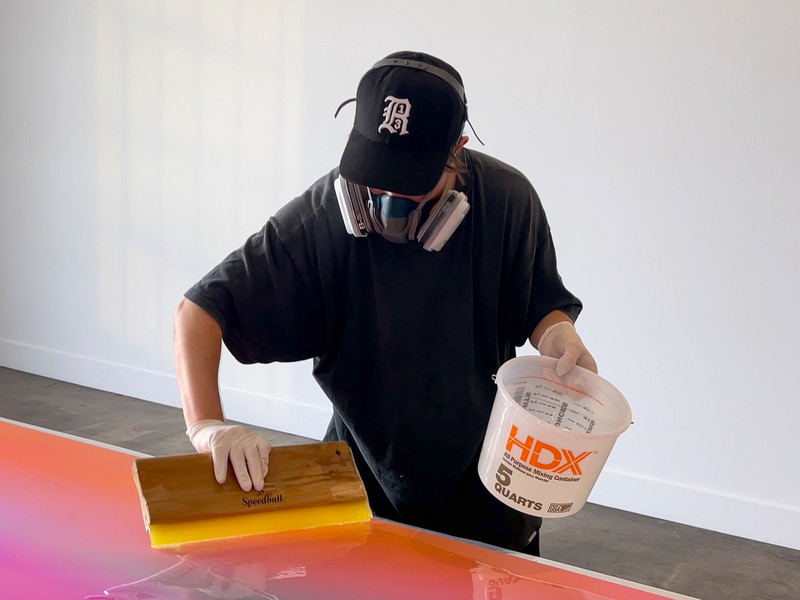I was thinking about this the other day. In our world, there aren’t many free resources. Everything useful has a price tag on it. Tell me about your show at Southampton a bit.
Sure, nothing is free in this world, but I do believe we have all the resources around us for the taking. I think what costs us is denying that fact. I had eight works that went to the group show at Southampton Art Center. There are six other artists, curated by Jess Hodin and Gaïa Jacquet-Matisse. The show opened on August 19 for their annual gala, and then on the 31st to the public.
How was that?
It was great, I put a lot of strong work in the show.
Tell me about your London plans. Are you excited to be in a different city?
Absolutely, I have a really good crew of people already in London that I met when living in Florence. I’m excited as I haven’t had any proper schooling in the arts and the Royal College has been the number one art school in the world for the last ten years. I plan to learn as much as I can from the professors there.
Has the sculptural tradition carried into London from Florence?
I think that every true tradition of classical fine art painting and sculpting emanates from Florence through the west, so London does have roots in Florence, but the city also has a rich history of artists and art making. Some of my favorite artists have come out of the college, like Tracey Emin and Anish Kapoor. London also has some of the best and most exciting fashion designers, artists and musicians. There’s something really special going on there so I’m excited to just tap into that.
Does your background in fashion design inform how you approach materiality as a sculptor?
When I first moved to Florence, I was learning pattern making, how to fit and drape garments on the body and learning how to make abstract work from a classical standpoint. I think fashion and fine art kind of rival each other for the highest expression of what art is. I definitely hold fashion designers in high regard.
A lot of what I’m doing with some of these sculptural paintings is draping — referencing the human form.
I overheard this conversation about universal languages and this idea of facial expressions being a kind of ancient language that nobody really pays attention to. It almost feels like sculpture and these forms that you're referencing, these classical ways of using material is also this language that just very few people are keeping alive totally.
I think a lot of human emotion and what we are really trying to express to another human gets lost in our silly use of words. That’s why I think abstraction and art is so powerful and emotional. It’s this kind of silent language.
How long are you in London?
It's an intensive one year program.
Do you have the preconception that you’ll return to New York after?
That's a good question. I mean, I literally just got married last week. and my wife is half Moroccan. After this past Paris Fashion Week, we spent about 10 days in Morocco and we're starting to talk about building a house and moving out there. In an ideal world, I would love to work with a major gallery and be able to have my studio and home life based in Marrakesh. It’s such a good pace of life. I feel really inspired out there.
I went to Morocco in 2017 and have been thinking about Morocco ever since and now I fully just got married to a Moroccan woman. But who knows? Maybe I’ll stay in London, maybe I’ll come back to New York.

